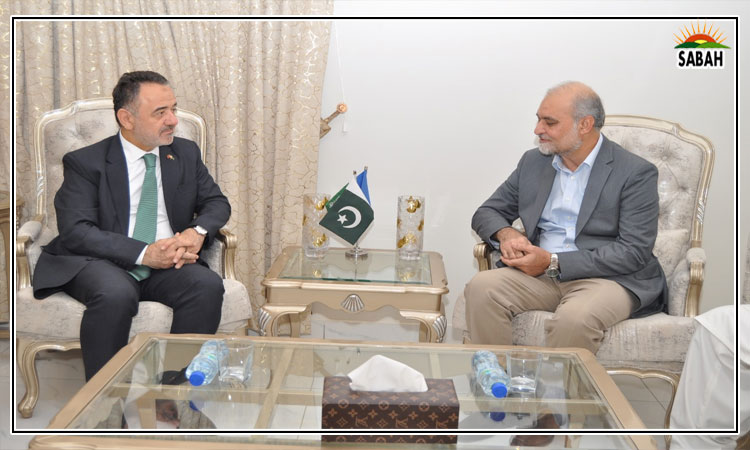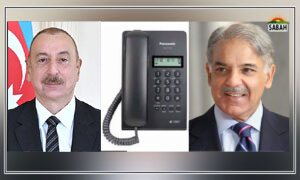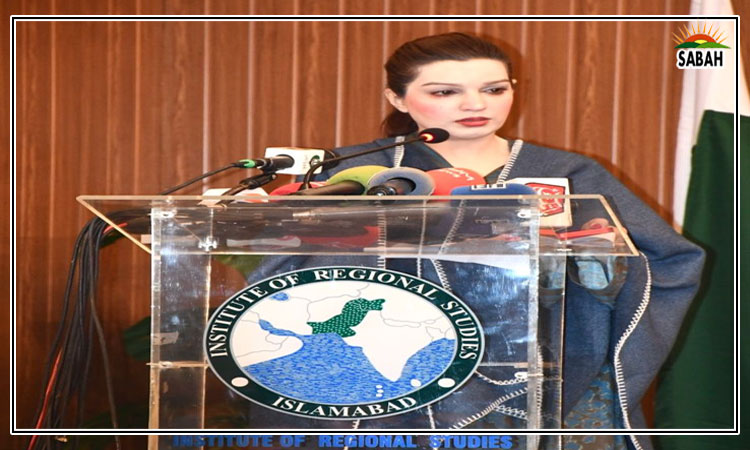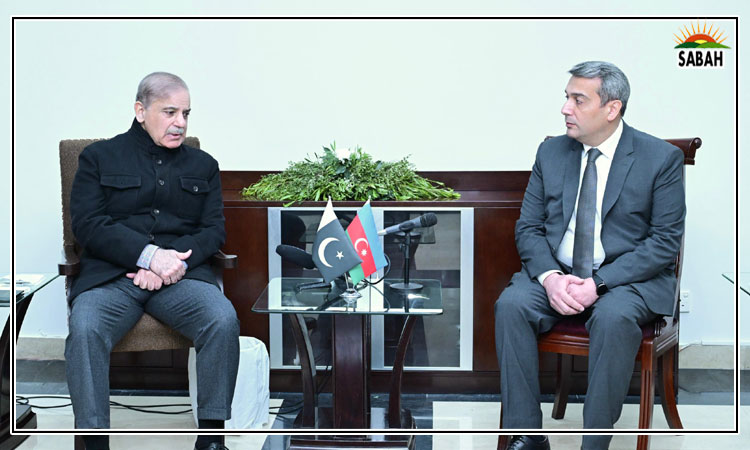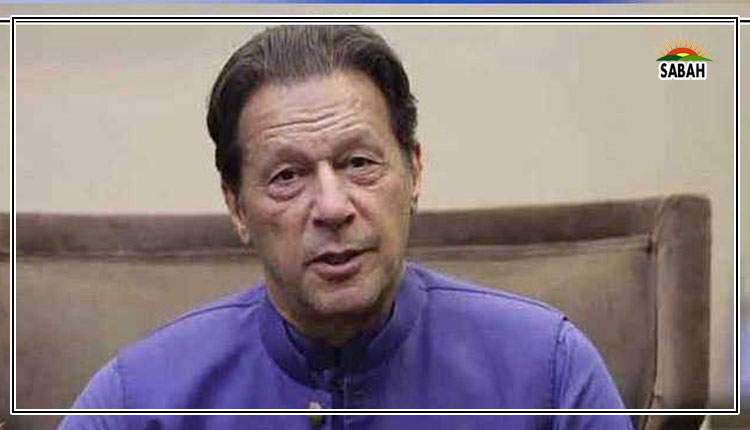Gendered technology design…Maryam Mustafa
THE last several years have seen a rapid increase in the use of information and communication technologies in developing countries to enable economic growth and employment, and to increase access to healthcare, education and social connections.
However, increasingly, it is also becoming apparent that the impact of these technologies in the Global South is not gender-neutral; instead, it amplifies the existing inequities.
Most existing technologies are designed for the average user in mind, who is often a white male in the Global North (literate, financially stable, not from a vulnerable or marginalised segment of the population). It is rarely a woman and almost never a woman in the Global South. And so while women constitute approximately 48.5 per cent of the population in Pakistan, few technologies focus on designing from their perspective focusing on their needs and aspirations and enabling them to leverage digital spaces for growth and helping circumnavigate their constraints.
Pakistan ranks 151 out of 153 countries on the Global Gender Gap Index Report 2020, published by the World Economic Forum. In a patriarchal, religious context, women have restricted mobility in public spaces and their access to the internet and social networking sites is monitored and limited; they are constantly negotiating and renegotiating the space they occupy. It is within this context that any technology aiming to include, empower and engage women must be designed.
Physical access is not the only challenge for women when it comes to accessing technologies and the internet in Pakistan. The literacy rate for women is 62pc as against a male literacy rate of approximately 80pc, with the rural divide in literacy levels being much higher. And so, access is not just physical access to a device, but also constraints like language (English vs regional languages, for instance), literacy, digital literacy, limited access to Wi-Fi and data packages due to financial as well as sociocultural constraints.
Any technology designed for users in Pakistan needs to account for local norms and ways of being and doing, which is often the hardest constraint to understand and design for. For example, the way digital privacy operates and is understood in our context is very different from the way it operates in the West.
Most, if not all, current smartphone technologies work within a Western-centric framework of privacy, with the assumption of one phone per person; the latter can use a phone lock that is physically only theirs to access. However, this is not the mode of phone usage for much of the Global South and in particular for women in the Global South.
Women in South Asian countries like Pakistan often have access to mobile phones and to the internet as shared or monitored resources, which means they have access to a male family members phone for a short time during the day. And so, for example, given that applications like WhatsApp function on a one-SIM, one-user model, women are often forced to share the male family members WhatsApp number, meaning there is no privacy afforded to them for their conversations.
Some of my work exploring low-literate users privacy perceptions, beliefs and behaviour reveals the deeply gendered ways in which privacy works. We find that often privacy is not established or maintained within an individualistic framework but is understood as a collective concept, ie, preserving the familys privacy, honour and dignity and upholding social norms.
Similarly, when I speak to women about the digital financial products they use, their adoption of mobile wallets or the lack thereof, I find that they are aware of, but unwilling to use, the existing mobile wallet services provided by different operators because they do not see them as useful.
For example, one participant, an older woman who runs a small home-based business, was aware of digital financial services for managing money, but had never had enough disposable income to save in the sense of putting it in an account and forgetting about it. Putting money into a digital account did not enable her to pay her vendors or contribute to her ROSCA (rotating savings and credit association, or simply committee) which was her primary method for saving for her daughters dowry or paying her childs school fee. She did not see how the mobile wallet could meet her needs.
More often than not, thoughtlessly digitizing womens financials without understanding the mechanisms they have created to circumnavigate their constraints and gain control over their own finances strips them of their agency, instead of enabling them further. Most existing mobile wallet technologies have not been designed with a localised understanding of how women navigate their financial independence and do not leverage the existing complex mechanisms they have established to exert their agency and autonomy, such as hidden savings or ROSCAs.
This nuanced and complex understanding of privacy, of womens financial lifecycles, the constraints on their physical mobilities, their access to resources, their literacy levels and the power imbalances existing within their households is not reflected in the technologies available to them. Instead, most technologies we use are a Western import, which we must distort ourselves to use, finding jugaads to carve out privacy online, to create gendered ways of using these technologies.
The key to empowering women is a contextualised, thoughtful, sensitive design that is rooted in data from our context, that relies on bringing on board our target populations (men and women both) as co-designers in the process of creating technologies and of fostering a home-grown tech industry that looks towards decolonising technologies for Pakistan.
Courtesy Dawn



